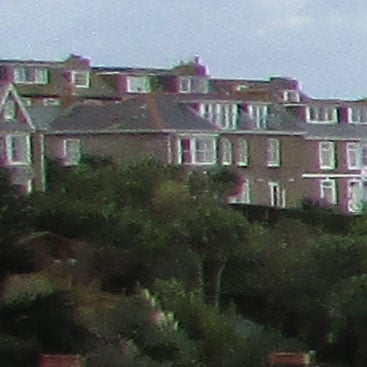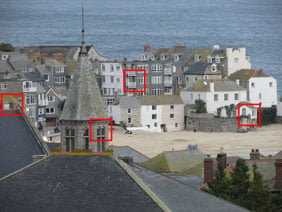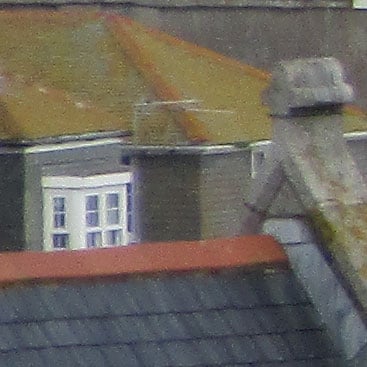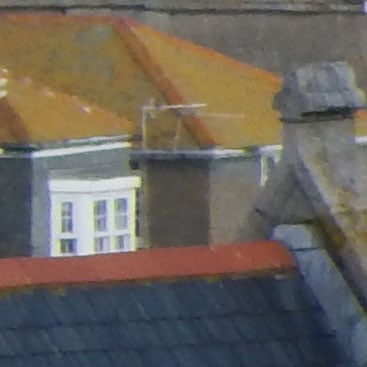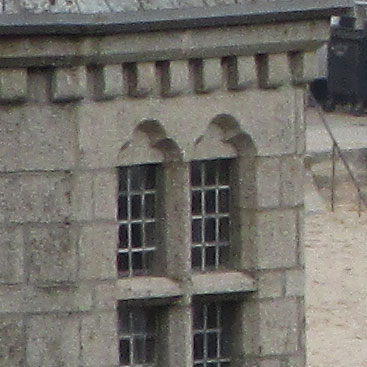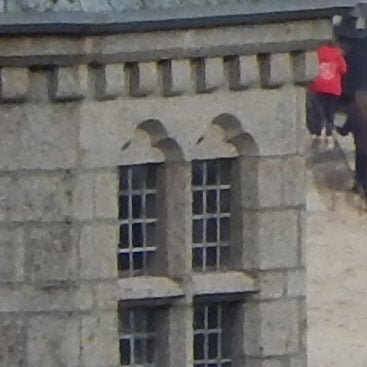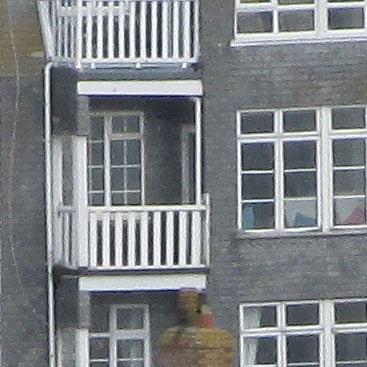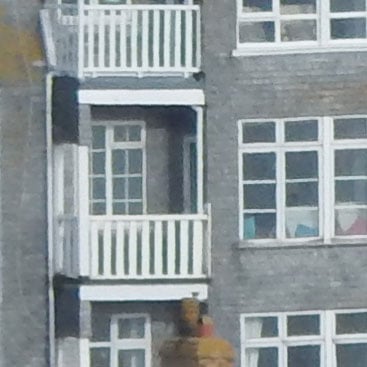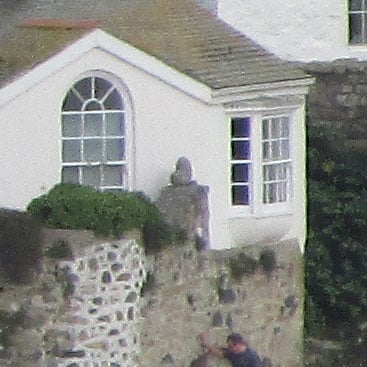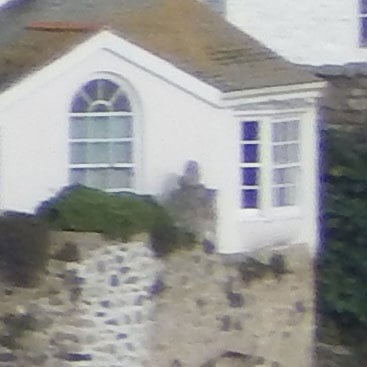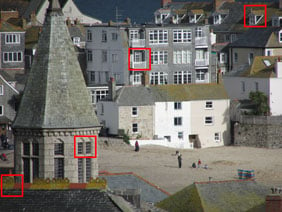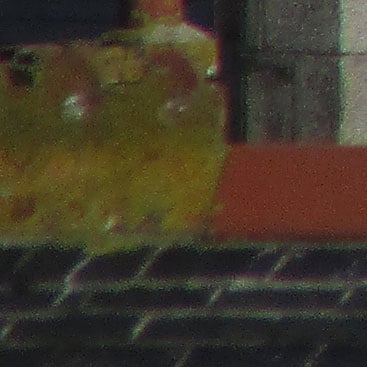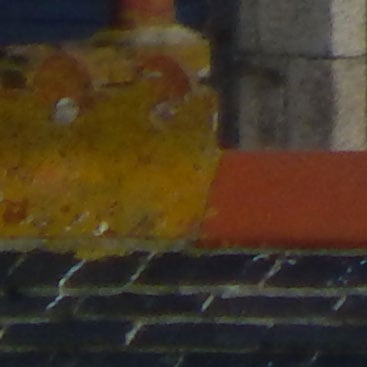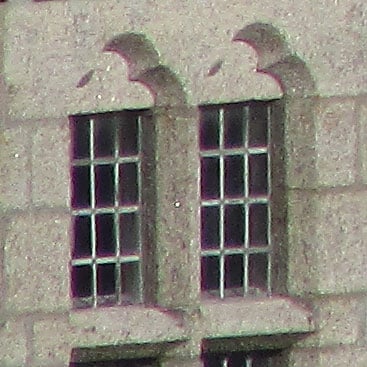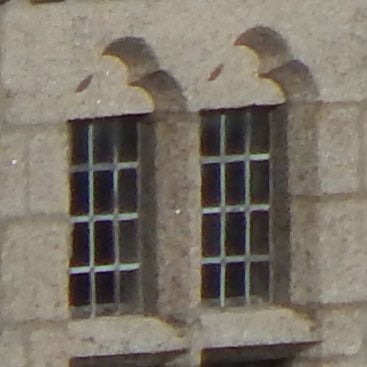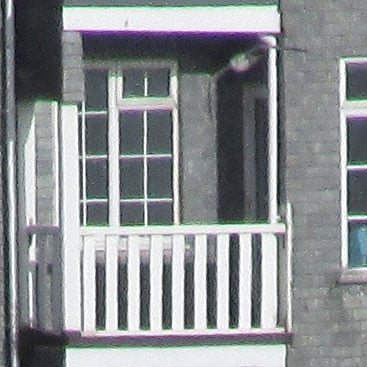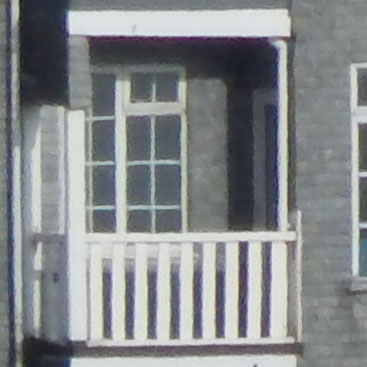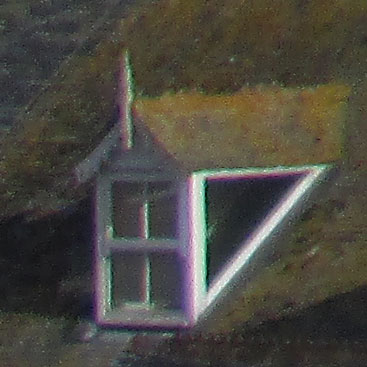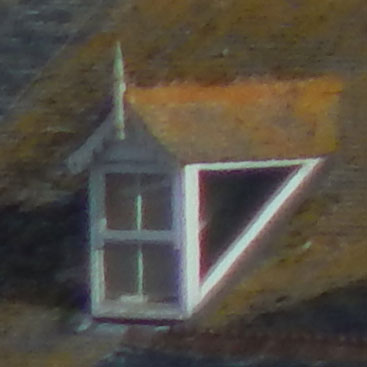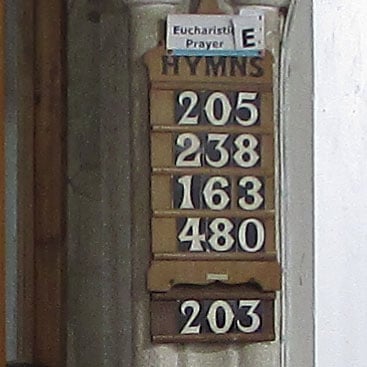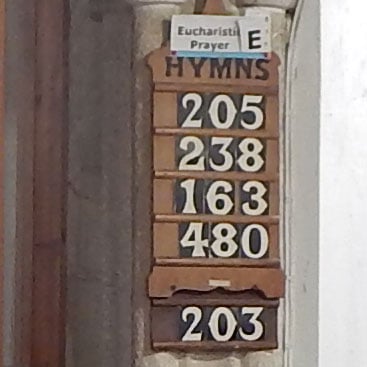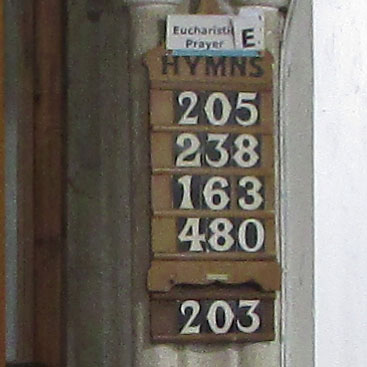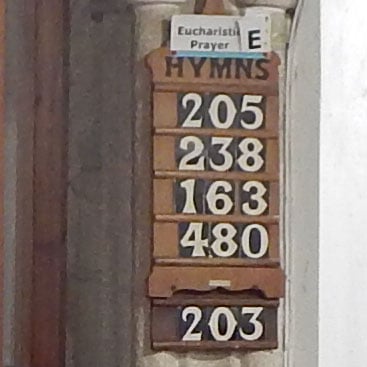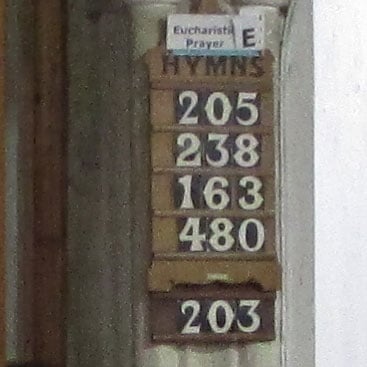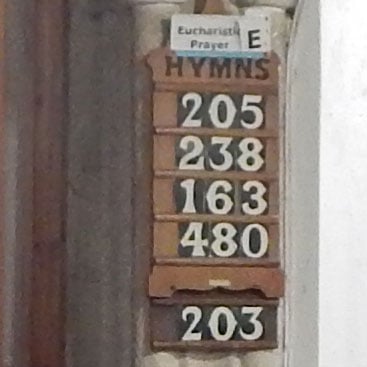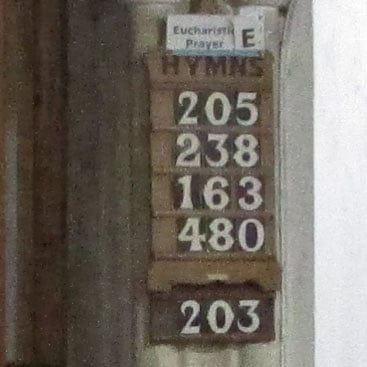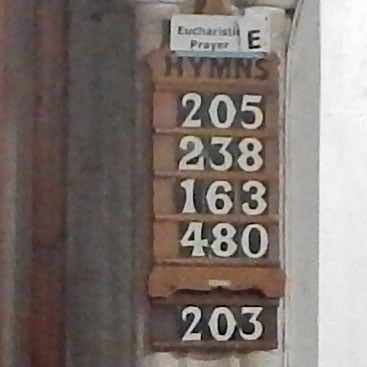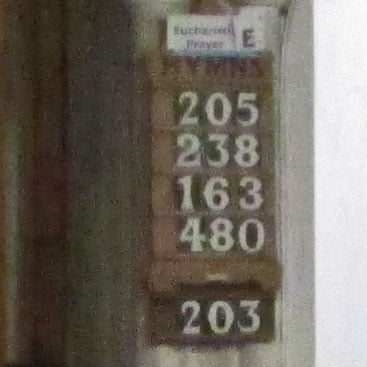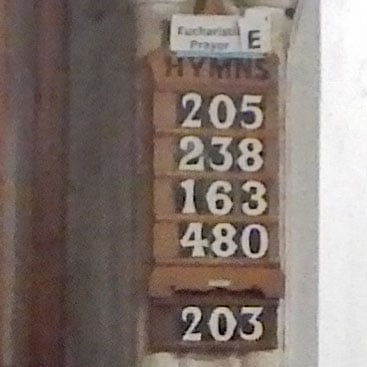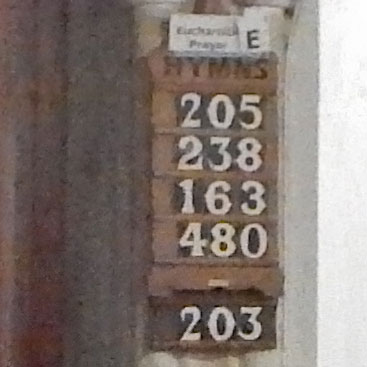Canon SX400 IS review
-
-
Written by Ken McMahon
Quality
|
Canon PowerShot SX400 IS | Nikon COOLPIX L830 | |
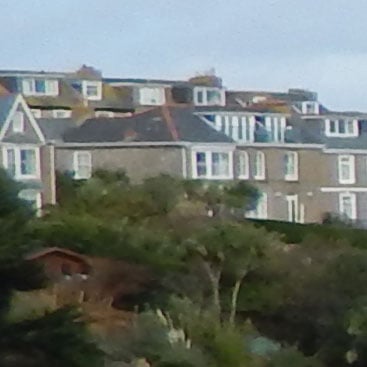 | ||
f4, 100 ISO | f3.1, 125 ISO | |
 |  | |
f4, 100 ISO | f3.1, 125 ISO | |
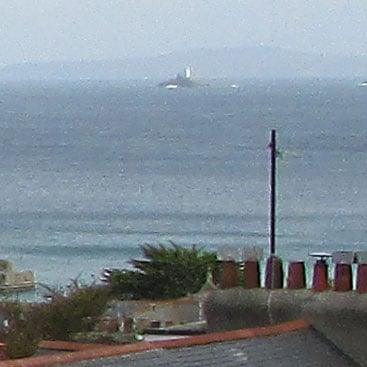 | 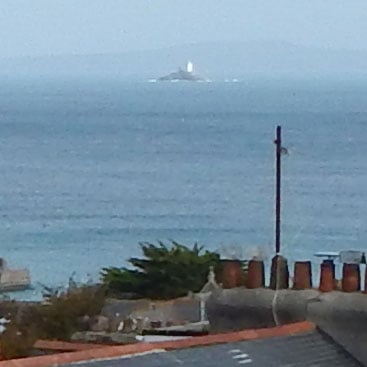 | |
f4, 100 ISO | f3.1 125 ISO | |
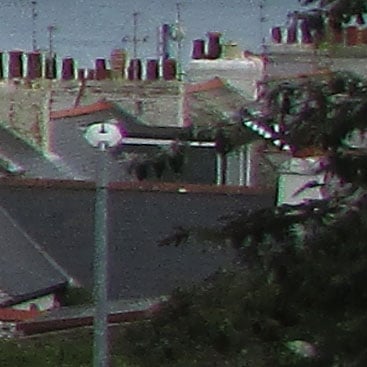 | 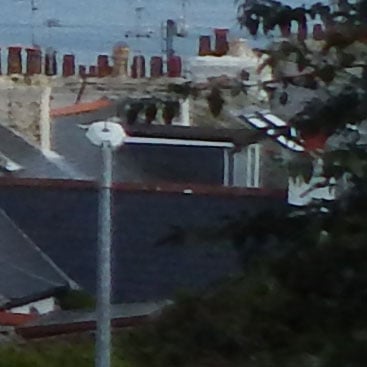 | |
f4, 100 ISO | f3.1, 125 ISO |
Canon PowerShot SX400 IS vs Nikon COOLPIX L830 Quality at approx 420mm
For this next test I zoomed both cameras in to an equivalent focal length of around 420mm. As before they’re both in Program Auto mode and the crops are indicated by the red areas opposite. At around the middle of the PowerShot SX400 IS’s focal range the results look a lot better than at the wide angle setting. The main reason is the absence of coloured fringing from all the crops. At this focal length the SX400 IS’s lens is much happier. There’s no change from the sensor of course and these crops are all afflicted with the same noisy texture as we saw earlier. To give the SX400 IS its due, there’s actually a fair bit of detail in these crops, particularly compared with those from the COOLPIX L830 alongside. You can see more detail in the roof tiles in the second crop and the stonework in the third crop. And the SX400 IS crops are nothing if not consistent, with the same degree of sharpness and detail across the frame from the centre to the edge. By comparison the COOLPIX L830 crops are softer overall and get softer as you move from the centre to the edge. If we were just comparing these mid-range crops, I think the SX400 IS has the advantage. Now scroll down to see how they compare at the long end of their zooms.
For this final test I zoomed the Canon SX400 IS to its maximum 129mm (720mm equivalent) focal length. I did the same thing with the COOLPIX L830 which has a maximum 136mm (765mm equivalent) telephoto. The difference between the two in terms of view angle is smaller than you might think and, as you can see from the crops, despite being zoomed in a little further, the crops from the COOLPIX L830 show approximately the same area with the same sized detail. The PowerShot SX400 IS crops are consistent with those at the shorter focal lengths; which is to say consistently sharp and grainy across the frame. But the PowerShot SX400 IS lens seems more prone than ever to chromatic aberration at this focal length, and to a much greater degree than the COOLPIX L830. There’s quite severe colour fringing on all but the first of the SX400 IS crops. At its maximum telephoto focal length the COOLPIX L830 is still producing good quality crops though there’s no change in the slight softness that affects them all, particularly at the edge of the frame. One change here is that the COOLPIX L830’s lens, which up untill now has exhibited hardly any colour fringing, is showing signs of chromatic aberration, most obviously in the final two crops.
|
Canon PowerShot SX400 IS vs Nikon COOLPIX L830 noise 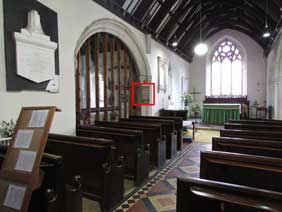 To compare noise levels under real-life conditions, I shot this scene with the Canon PowerShot SX400 IS and the Nikon COOLPIX L830 within a few moments of each other using their best quality JPEG settings at each of their ISO sensitivity settings. Both cameras were set to their respective Auto modes and the COOLPIX L830’s lens was zoomed in a touch to match the 24mm equivalent wide angle of the PowerShot SX400 IS. The above shot was taken with the PowerShot SX400 IS in Program Auto mode. For these tests both cameras were placed on a tripod and stabilisation was disabled. The cameras were otherwise left on their default settings. With the sensitivity set to its base 100 ISO the SX400 IS selected an exposure of 0.8s at f3.4. The COOLPIX L830, set to its base 125 ISO sensitivity metered an exposure of 0.6s at f3.1. At its base 100 ISO sensitivity setting the PowerShot SX400 IS gets off to a good start with a crop that has low levels of noise and good detail with clean edges. It’s not completely noise-free, it looks a little bit clumpy in the stone column on the left of the crop and there’s a little bit of graininess in the ‘Eucharistic prayer’ label at the top, but you need to be looking carefully to spot it. At 200 ISO the noise levels increase quite dramatically, though thankfully the 400 and 800 ISO settings, though noisier, don’t ratchet it up to quite the same degree. By 1600 ISO though, the noise has become so pervasive that there’s a bit of a snow storm look to the crop. Compared with the crops from the Nikon COOLPIX L830, I’d say there’s a qualitative difference in the lower sensitivity range, but little between them in terms of noise. The first crop from the SX400 IS is at 100 ISO, slightly lower than the base setting of 125 ISO on the COOLPIX L830. The SX400 IS crop isn’t soft like the COOLPIX L830 one opposite. There is some noise visible, but I think the difference is due as much to differences in noise processing as sensor output. It’s the same story as you progress up the sensitivity scale, the Canon SX400 IS crops are sharper and a little more contrasty with harder edges and are also more granular. But by 1600 ISO I think the COOLPIX L830 is looking better than the SX400 IS one, and of course the L830 has the option of a very useable 3200 ISO setting available. Now head over to my Canon SX400 IS sample images to see some more real-life shots in a variety of conditions or head straight for my Canon SX400 IS verdict.
|
